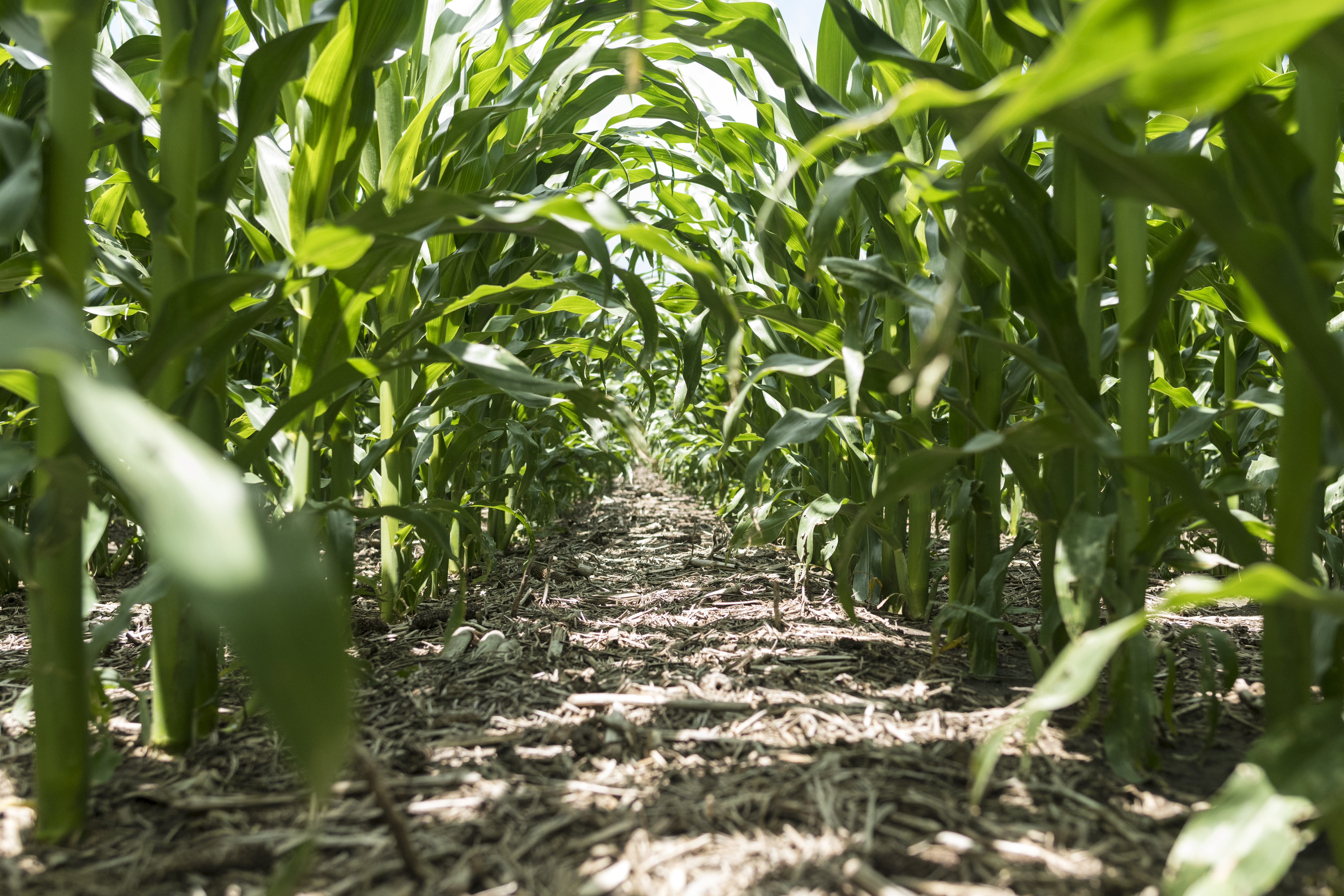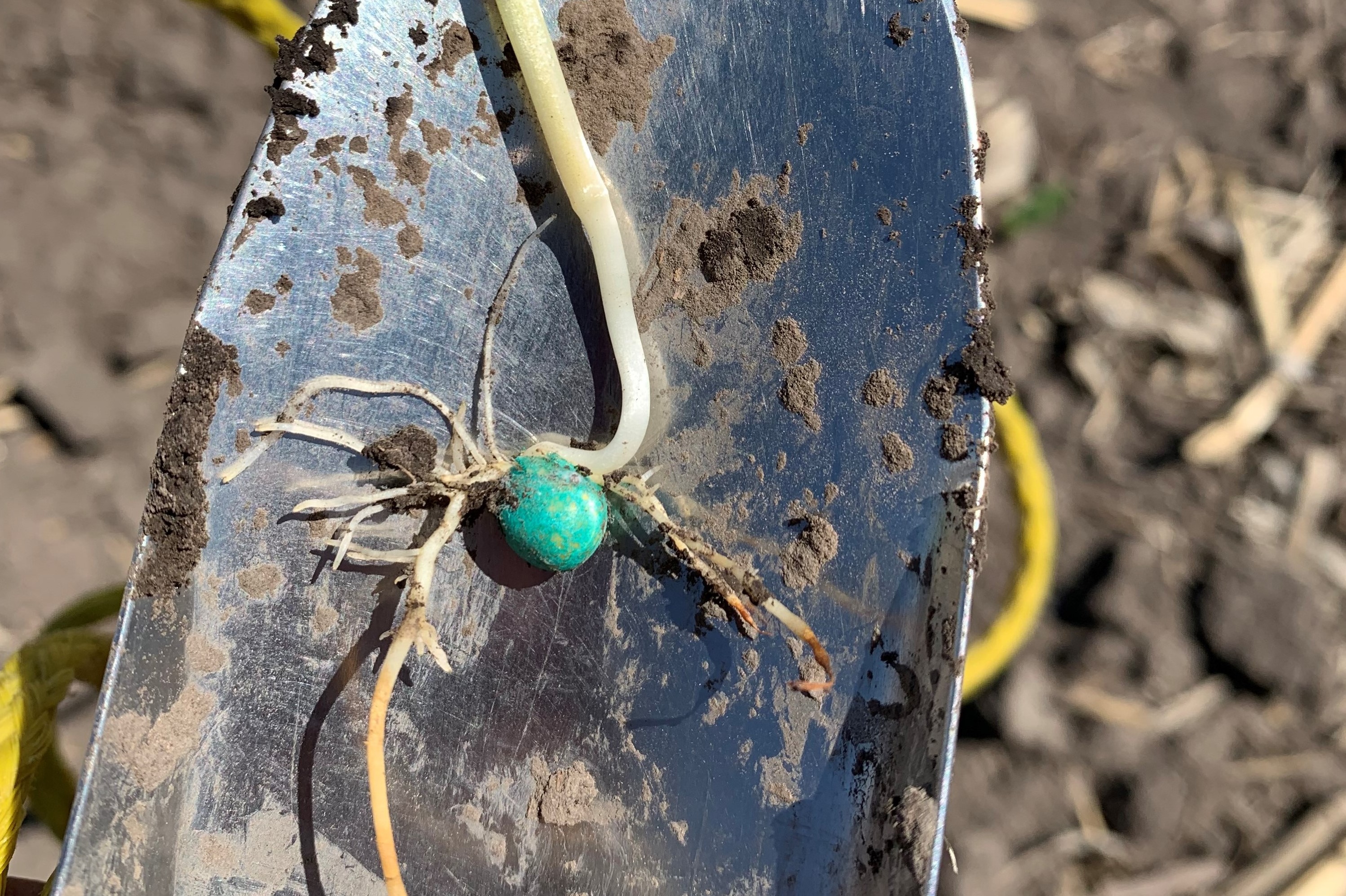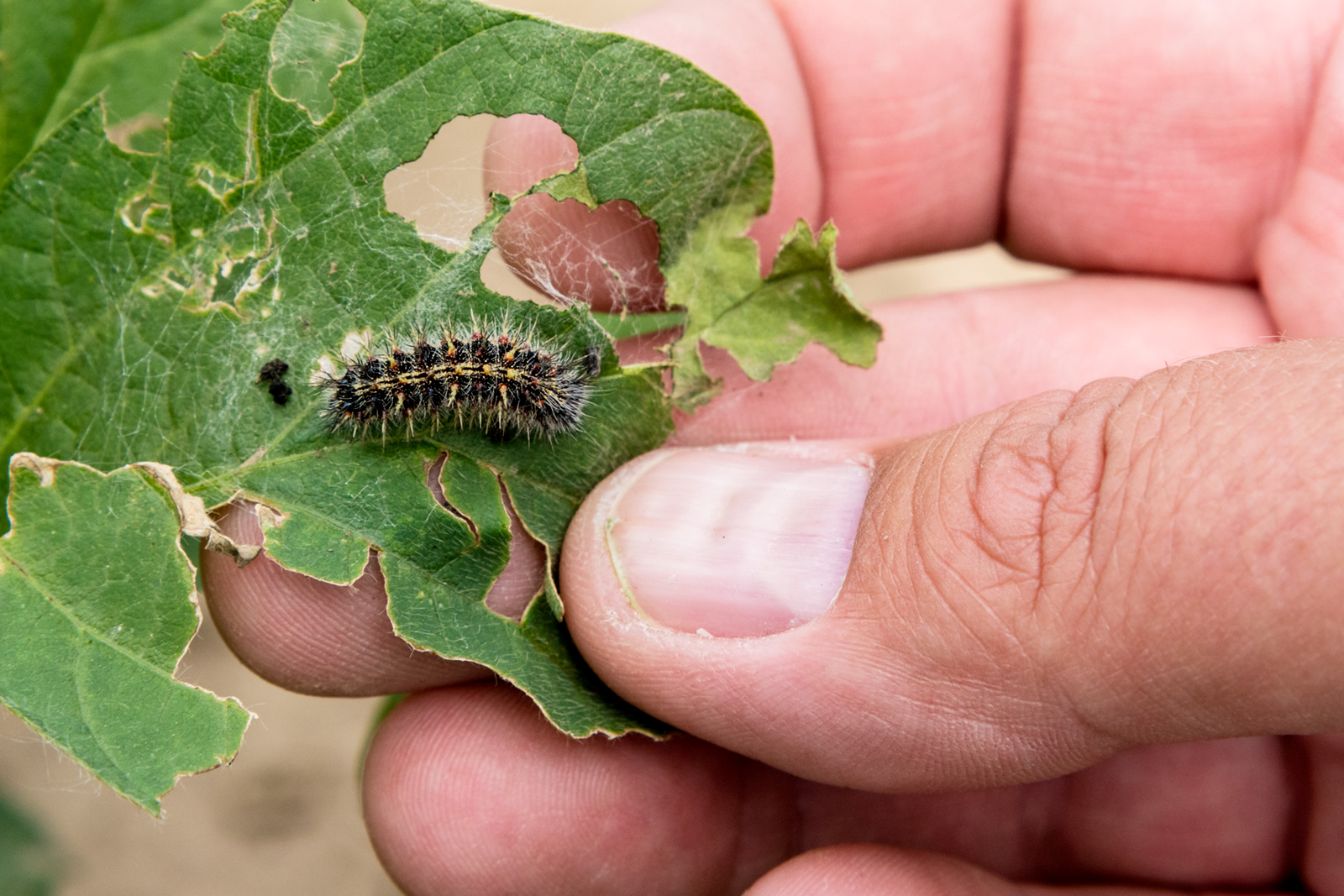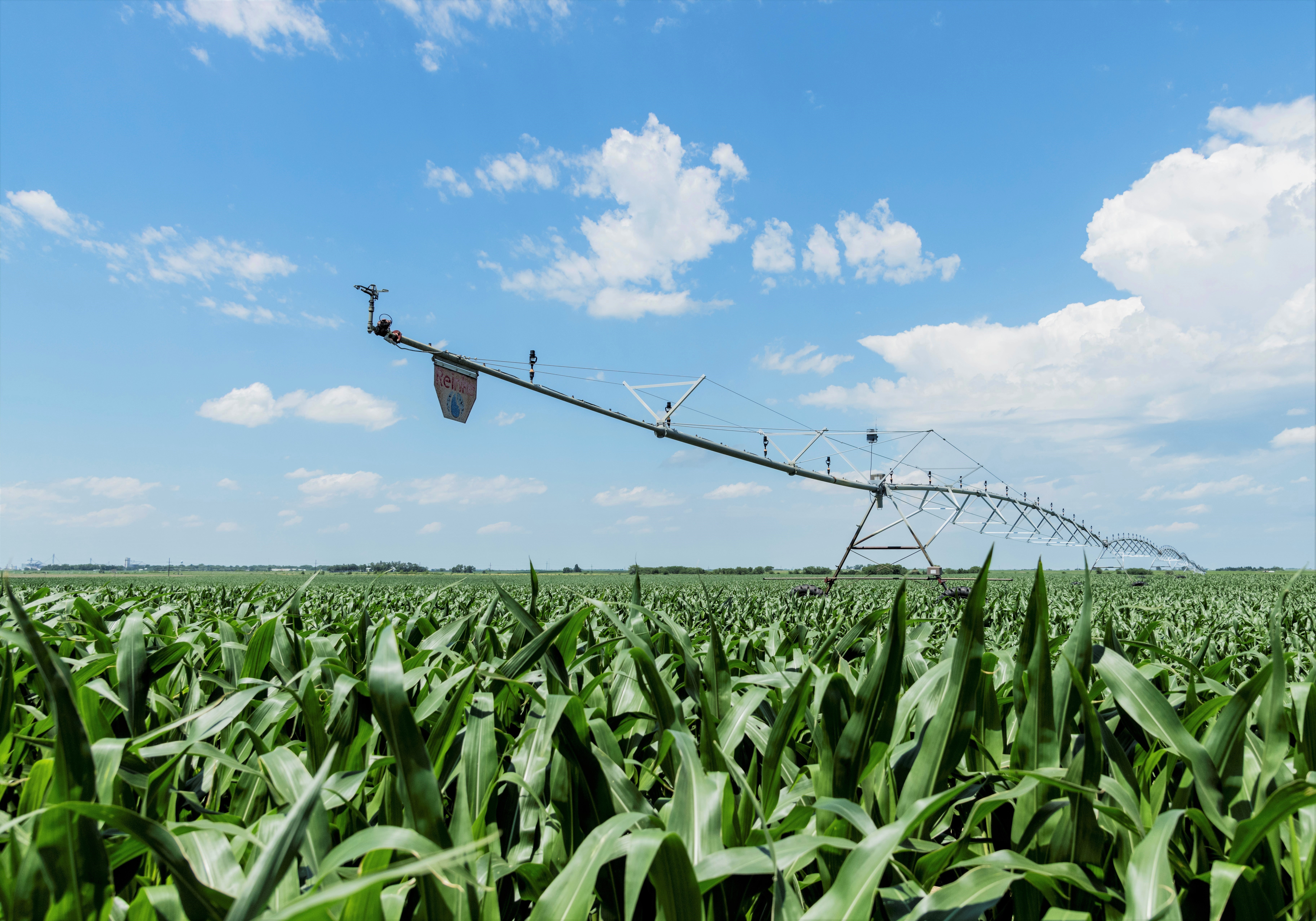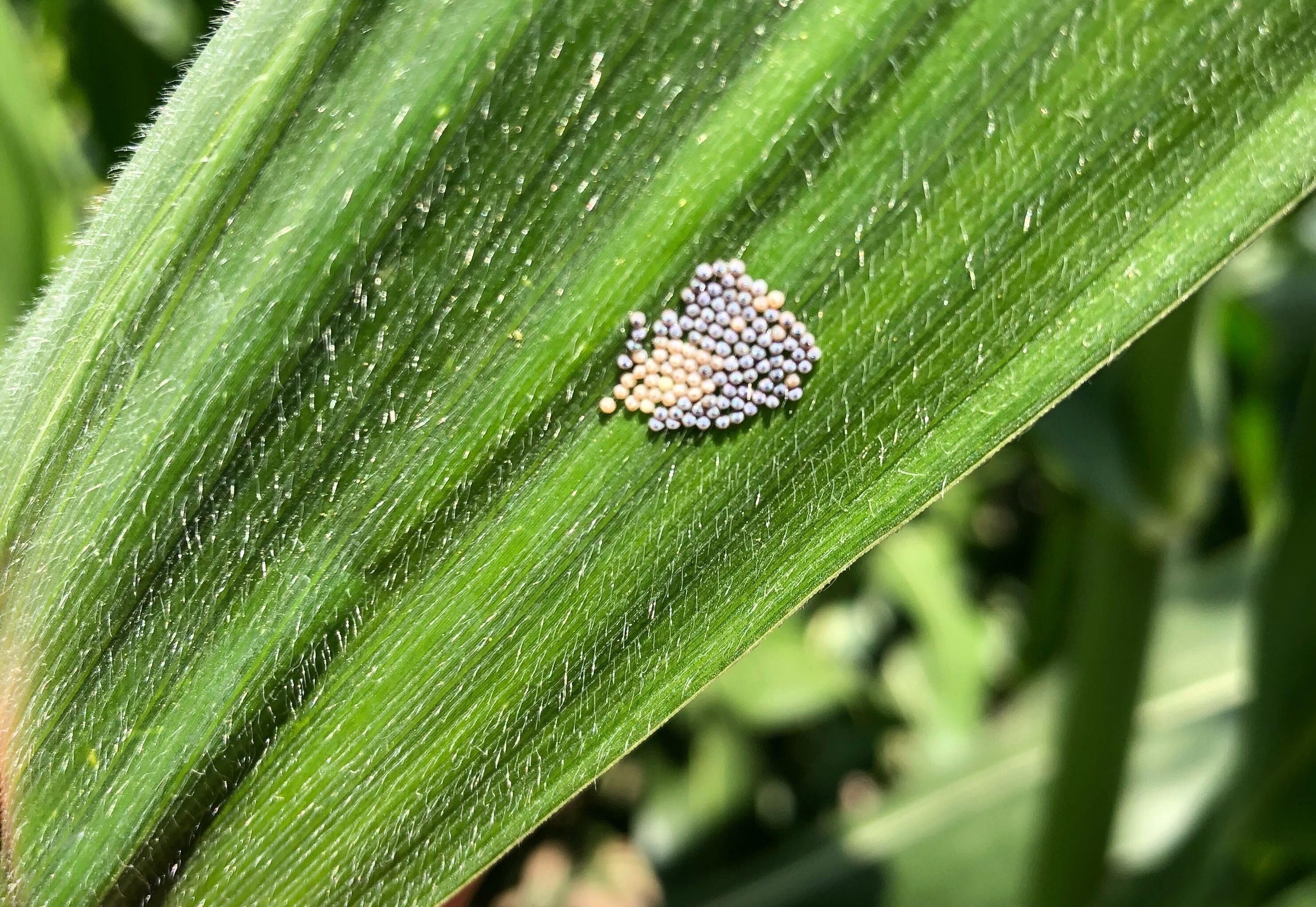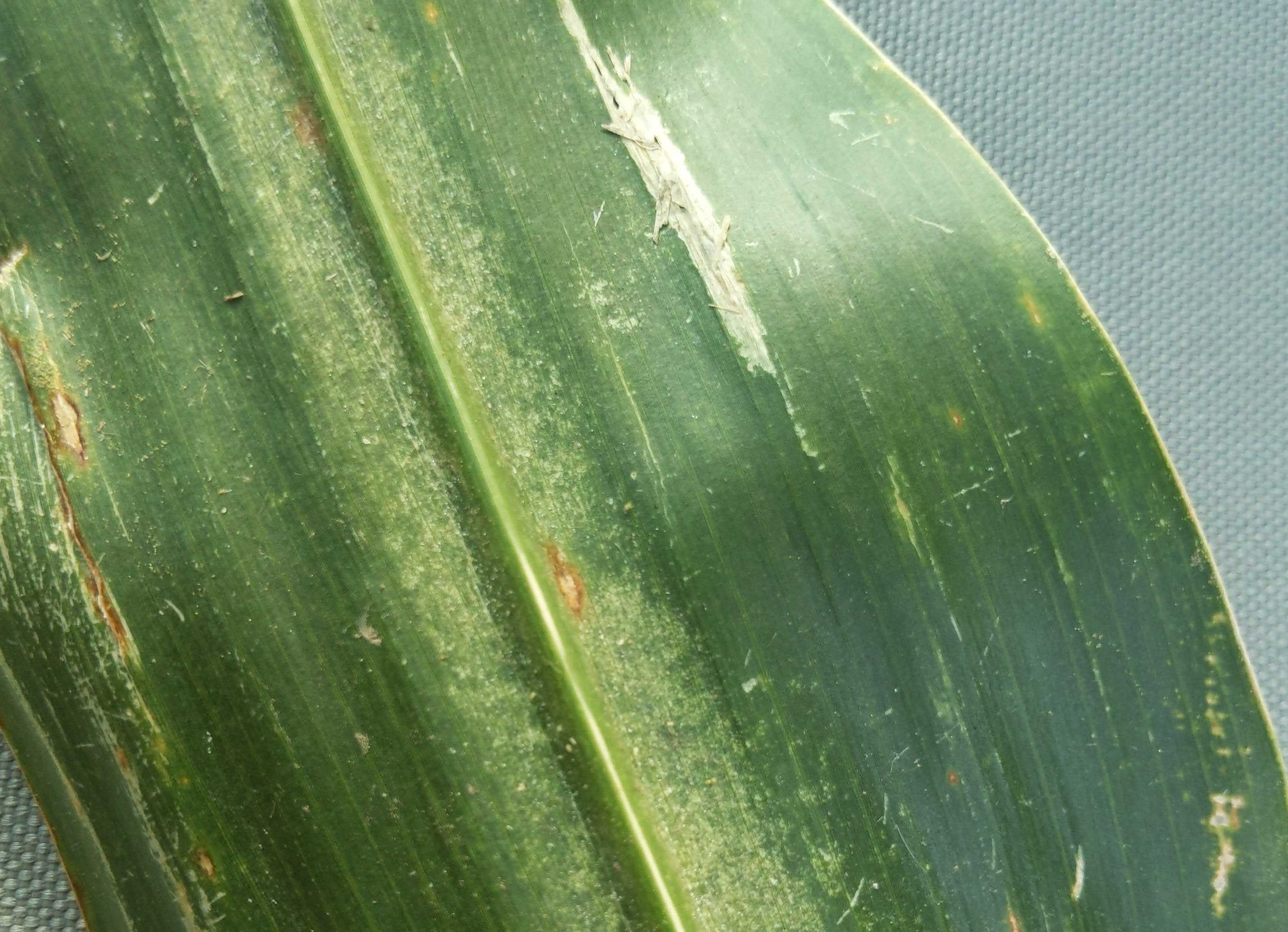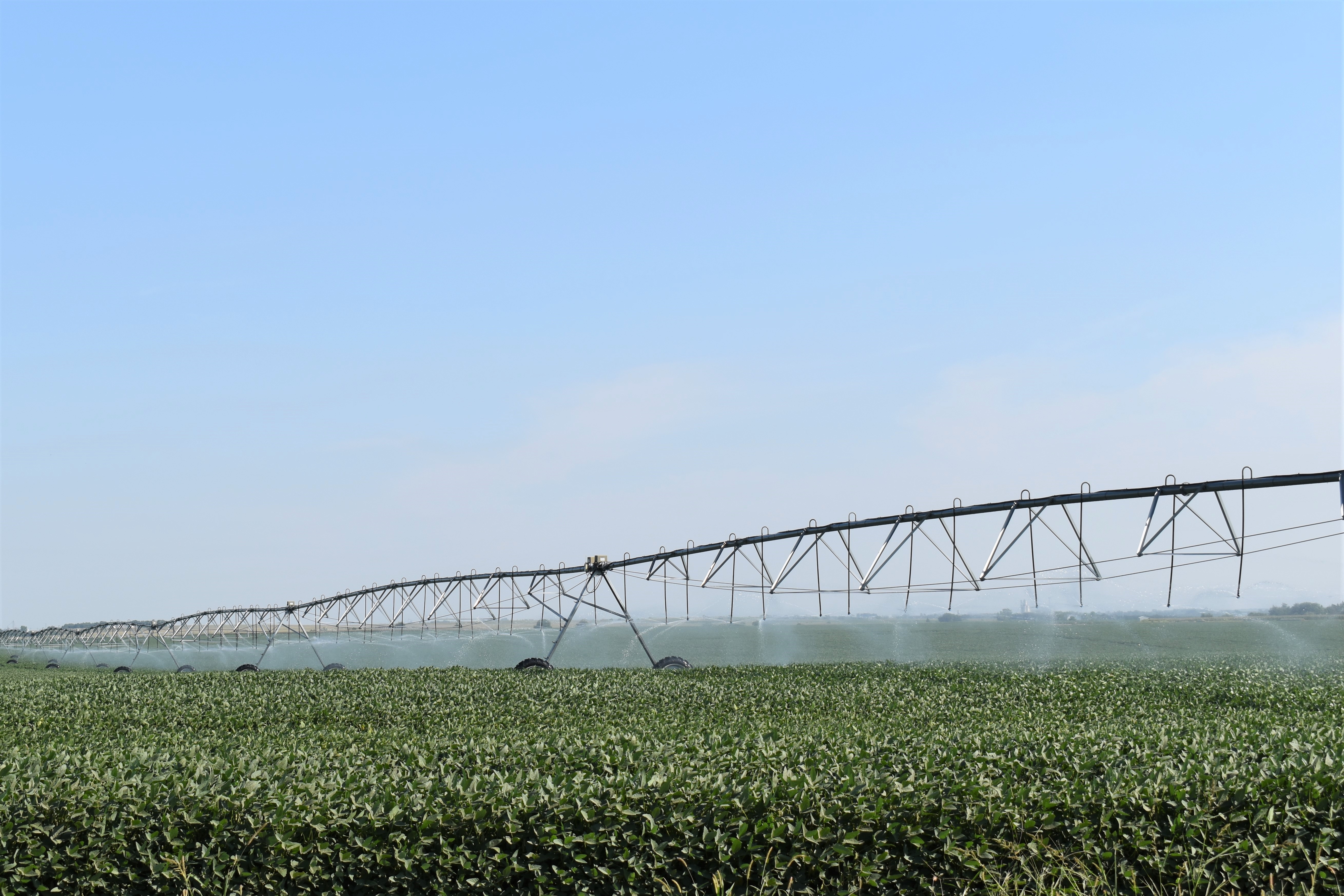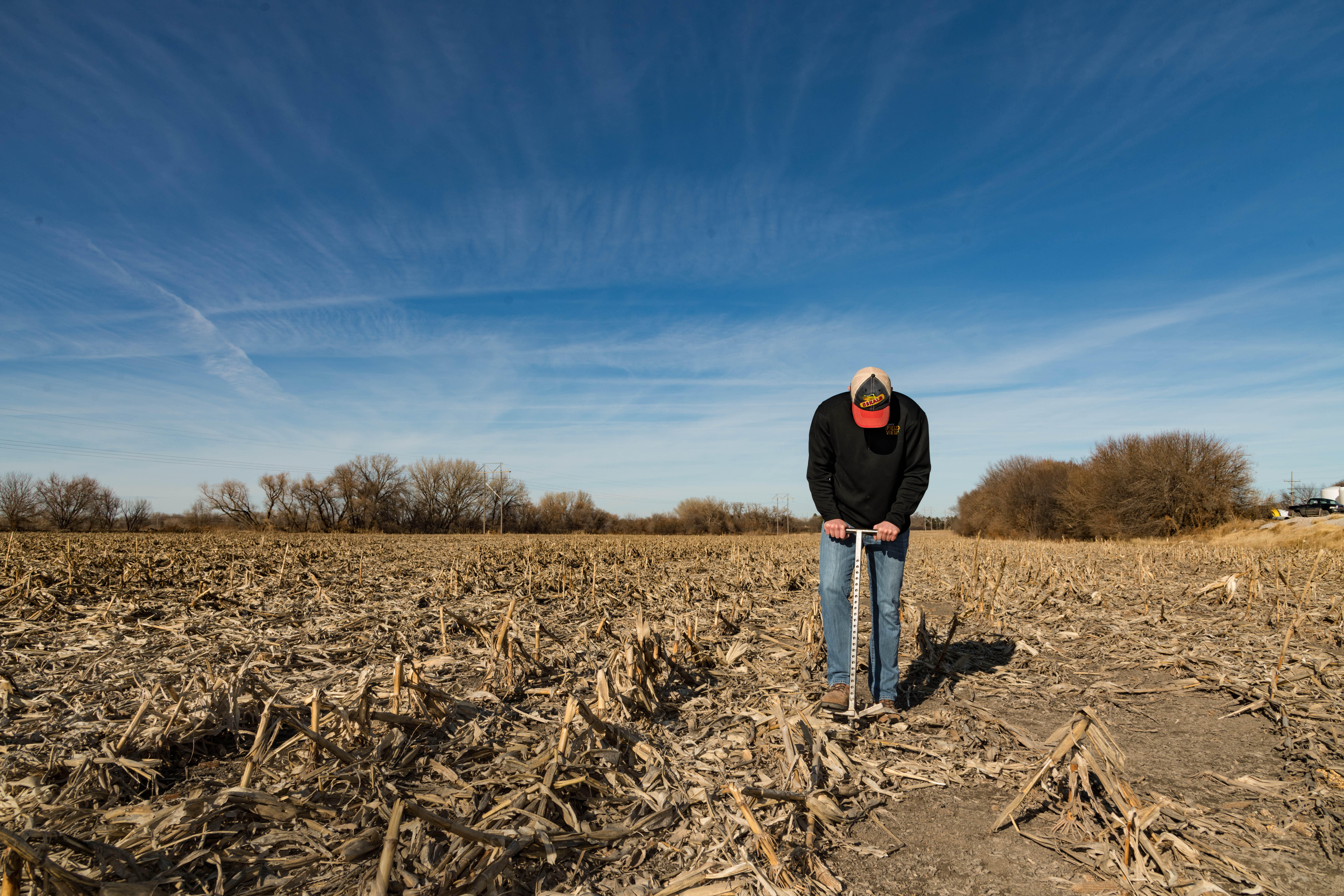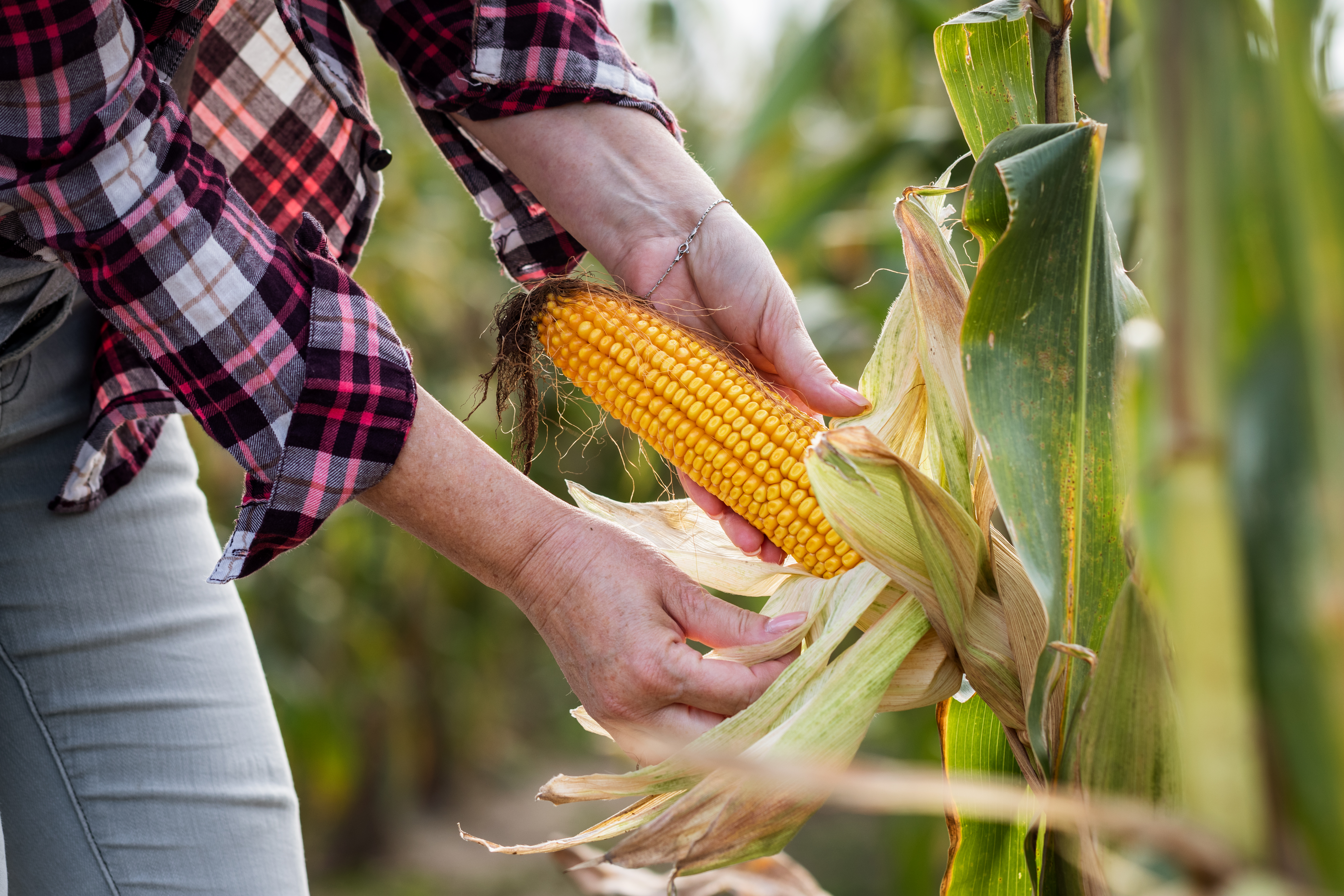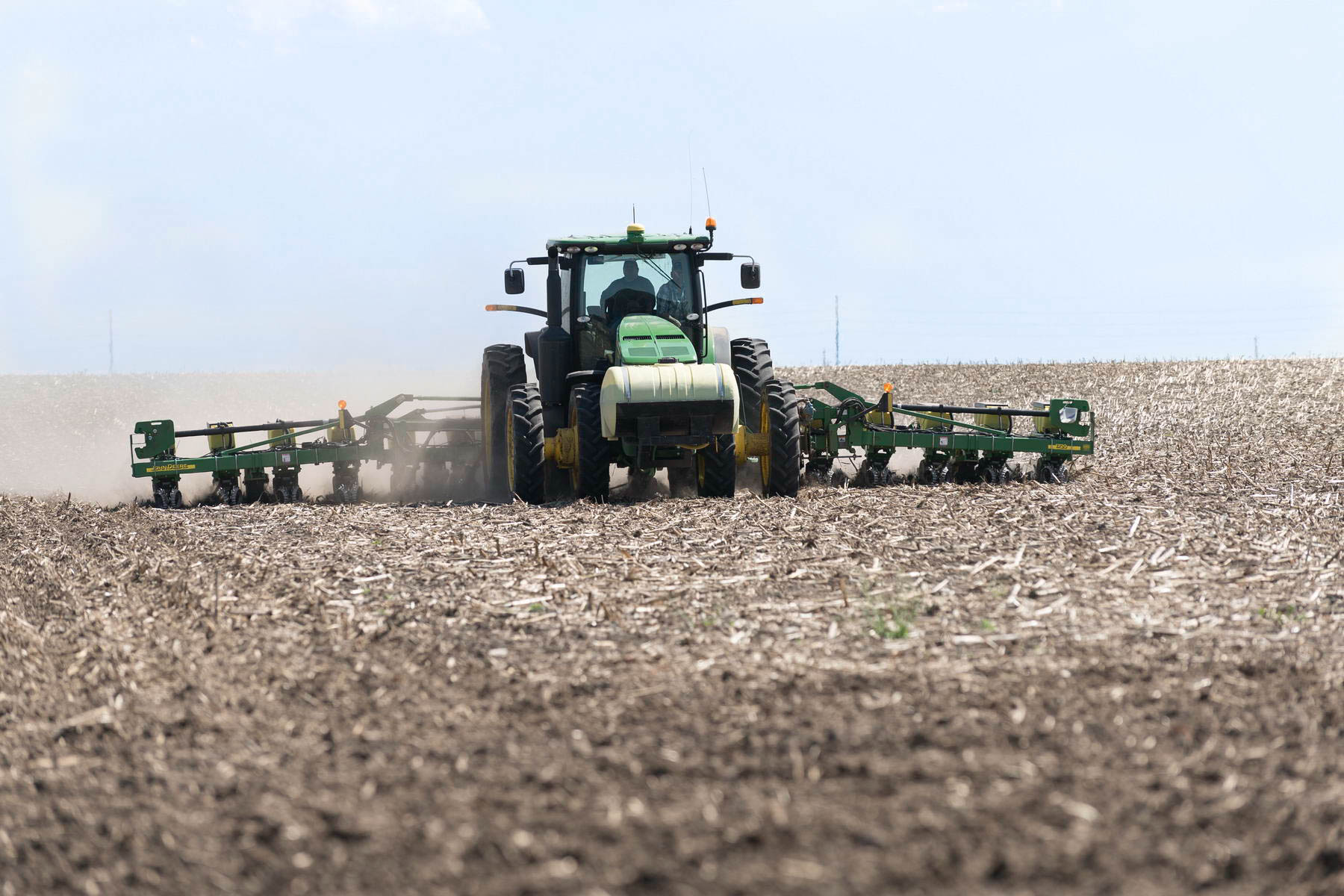Optimizing Corn Plant Population
Corn yields have improved with advancements in seed genetics. New hybrids handle environmental stresses while utilizing water, nitrogen and other crop nutrients more efficiently. Achieving higher corn yields requires an increase in the number of corn kernels per acre and/or an increase in weight of each kernel of corn. Improved corn genetics and better understanding […]

